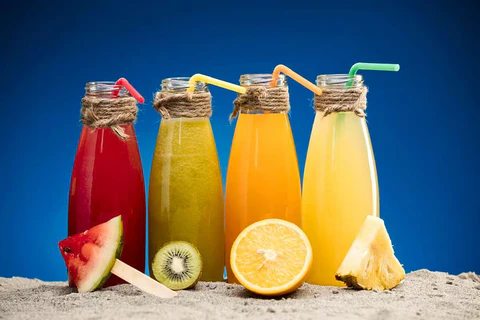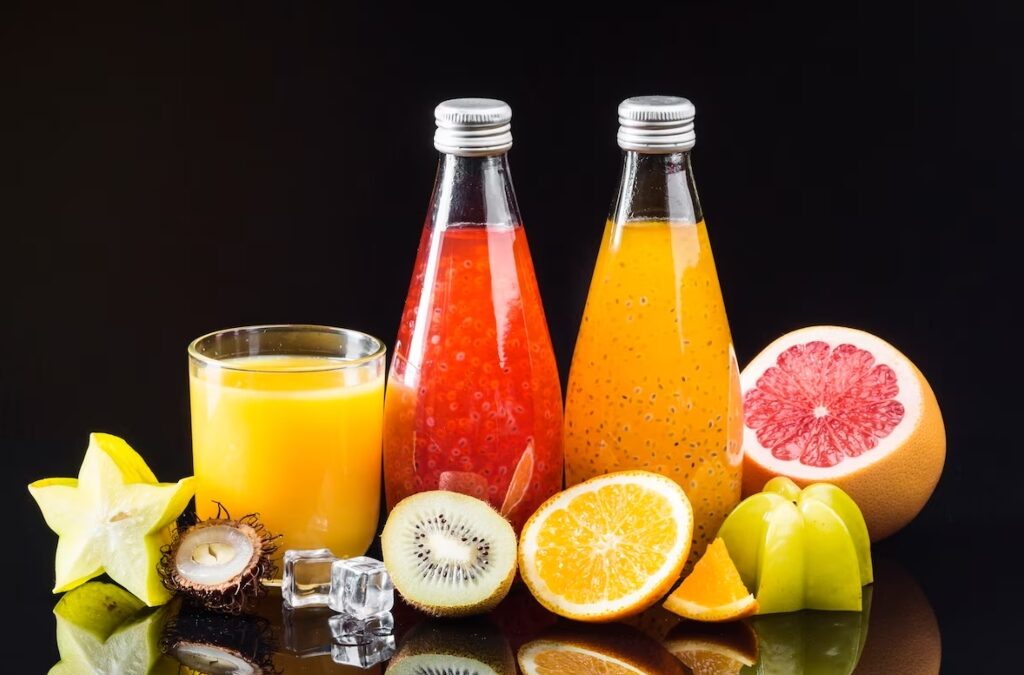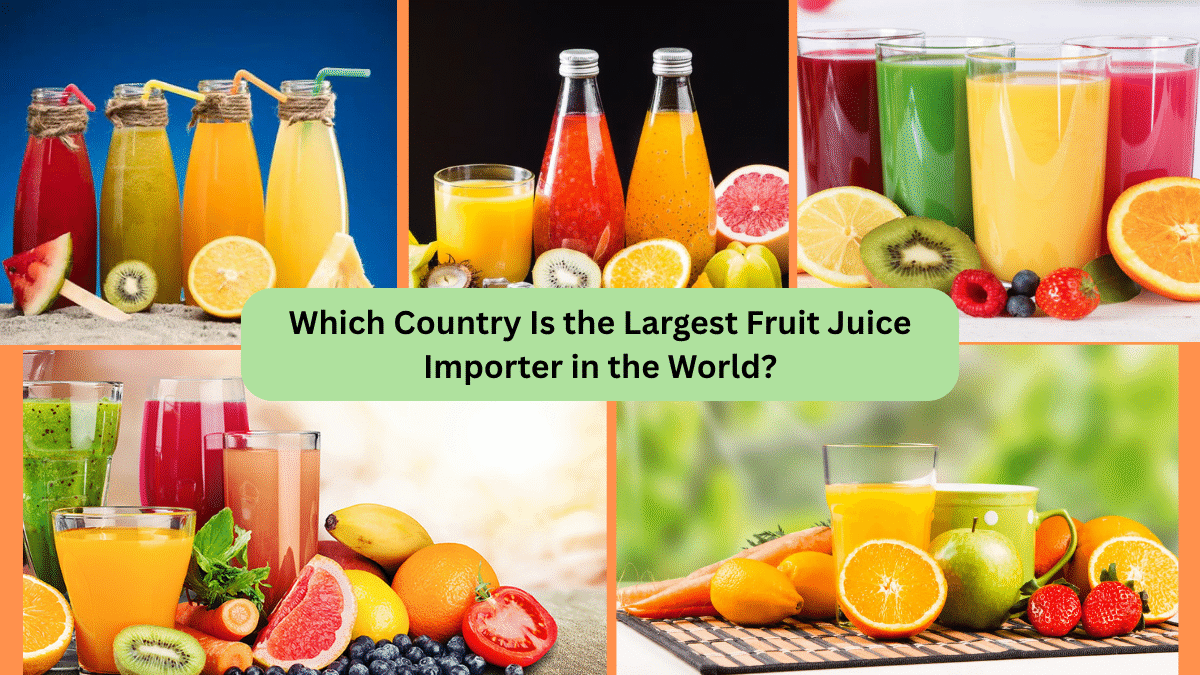Fruit juice is one of the world’s favorite beverages — refreshing, nutritious, and available in an endless variety of flavors. From traditional orange and apple juice to exotic blends like mango, passionfruit, and pomegranate, demand for fruit juice continues to grow across the globe. While many countries produce fruit juice domestically, international trade plays a major role in ensuring a steady year-round supply of this popular product.
But which country actually imports the most fruit juice in the world? In this article, we’ll explore the global fruit juice market, the leading importers, the reasons behind these trends, and the countries supplying the world’s fruit juice demands.
An Overview of the Global Fruit Juice Market

The global fruit juice industry is a multi-billion-dollar market. In 2023, the total international trade value of fruit juices (including orange, apple, grape, tropical blends, and vegetable mixes) reached approximately USD 17 billion, with continuous growth driven by increasing consumer awareness of health and wellness, plant-based diets, and demand for convenient beverages.
Major producing countries like Brazil, the United States, and the European Union are significant exporters of fruit juice, but the demand isn’t limited to producing nations. In fact, many countries rely heavily on imports to meet local consumption needs due to factors such as climate, agricultural capacity, and consumer preferences.
Which Country Is the Largest Fruit Juice Importer in the World?
The United States holds the title as the world’s largest fruit juice importer, both in terms of value and volume.
According to international trade data:
- In 2023, the United States imported over USD 3.3 billion worth of fruit juice.
- The U.S. accounts for nearly 19-20% of the total global fruit juice import market.
- The country’s imports include orange juice, apple juice, grape juice, mixed fruit juice, tropical blends, and increasingly popular health-focused options like beetroot, pomegranate, and green vegetable juices.
Why the U.S. Leads in Fruit Juice Imports

There are several factors contributing to the United States’ position as the largest importer:
High Consumption Culture
Americans consume a significant volume of fruit juice annually. Orange juice remains a staple in many households, especially for breakfast. In addition, health trends have boosted demand for cold-pressed juices, detox blends, and smoothies, increasing imports of specialty juices.
Seasonal Limitations
Although the United States produces large quantities of fruit, particularly oranges in Florida and California, production is seasonal and cannot meet year-round domestic demand. Imports fill this gap and help maintain consistent supply and pricing.
Sourcing from Multiple Origins
To maintain competitive pricing, diversify flavors, and secure reliable supply chains, U.S. beverage companies source juice from various countries. Brazil, Mexico, Canada, Argentina, and European nations are key suppliers of orange, apple, and specialty juices.
Functional and Specialty Juices
The rise of functional beverages — juices with added health benefits such as antioxidants, vitamins, probiotics, and detoxifying properties — has further boosted demand for unique imported juice blends, often unavailable domestically.
Other Major Fruit Juice Importing Countries

While the United States leads the market, several other countries also rank among the world’s largest fruit juice importers:
| Country | Annual Import Value (Approx.) |
|---|---|
| United States | USD 3.3 billion |
| Germany | USD 2.9 billion |
| France | USD 2.2 billion |
| United Kingdom | USD 1.9 billion |
| China | USD 1.5 billion |
| Japan | USD 1.3 billion |
| Netherlands | USD 1.1 billion |
| Canada | USD 950 million |
Germany is the largest importer in Europe and second overall globally, with strong demand for orange, apple, and exotic juice blends. The United Kingdom, France, and Netherlands are also major players in the European market.
China has experienced rapid growth in fruit juice imports over the last decade, fueled by a growing middle class, increasing health awareness, and demand for premium imported products.
Which Countries Export the Most Fruit Juice?

While some countries dominate imports, others lead in juice production and export:
- Brazil is the world’s largest exporter of orange juice, accounting for nearly 65% of global orange juice exports.
- The Netherlands serves as a key European processing and re-export hub, importing bulk juice from producing countries and redistributing it across Europe.
- Germany, South Africa, Mexico, and Argentina are also significant exporters of various juice types.
Global Trends Shaping the Juice Import Market
The international fruit juice trade is influenced by several evolving market trends:
Health & Wellness Movement
Consumers worldwide are shifting toward natural, plant-based, and functional beverages, increasing demand for organic juices, cold-pressed blends, and nutrient-rich options.
Growing Popularity of Exotic and Specialty Juices
Tropical fruit juices like mango, passionfruit, lychee, and guava are gaining global appeal, along with superfood juices made from pomegranate, acai, and beetroot.
Convenience and On-the-Go Consumption
Busy lifestyles are driving demand for single-serve juice packs and smoothies, further boosting imports in countries without domestic production capacities.
Supply Chain Diversification
Climate change, trade tariffs, and regional production risks are prompting juice companies to diversify sourcing, increasing imports from alternative countries like South Africa, Turkey, and Thailand.
Types of Juices in Global Trade

The most commonly traded juices in international markets include:
- Orange Juice: The most consumed juice globally, widely imported in the U.S., EU, and China.
- Apple Juice: Popular in Europe and the U.S., both as a standalone product and in blends.
- Grape Juice: Gaining demand due to health benefits and as a natural sweetener in blends.
- Tropical Fruit Juices: Mango, pineapple, passionfruit, guava, and lychee are increasingly popular.
- Mixed Vegetable-Fruit Juices: Blends containing beets, carrots, kale, and spinach are rising in wellness-focused markets.
Final Thoughts
In conclusion, the United States is the largest fruit juice importer in the world, leading by both value and volume. Driven by a combination of high domestic consumption, diverse consumer preferences, seasonal production gaps, and a booming health and wellness industry, the U.S. remains the dominant force in the global fruit juice import market.
However, markets in Europe, Asia, and the Middle East are also expanding rapidly, with countries like Germany, China, and the United Kingdom increasing their share of the import market.
As consumer trends continue to evolve — favoring plant-based, functional, and health-centric beverages — the international fruit juice trade is expected to maintain steady growth in the years to come, with new players emerging both as major importers and exporters.





Leave A Comment